At first, Gary Smith and high-tech robotics might seem like they don’t quite belong together.
Smith, 70, lives in a pocket of rural Michigan so remote he can’t get internet.
His favorite piece of machinery—a John Deere lawn tractor outfitted with a bucket loader—has nothing to do with software, nothing to do with the cloud or computer algorithms.
There’s not much advanced about the machine, really. He likes it.
But following a high-tech back surgery at Spectrum Health Blodgett Hospital, he has something of a new appreciation for the power of all things robotic.
He’s the first Spectrum Health patient to undergo back surgery in which doctors used an advanced robot, called the Mazor X Stealth Edition.
And he couldn’t be happier with the outcome, even with all its technological implications.
‘I wanted it fixed’
Like many with chronic lower back problems, Smith’s story is complex.
Over several years, his back pain began intensifying. By last summer, it had reached a crisis.
“My leg would go numb,” said Smith, a retiree in Howard City.
He sought treatment at Spectrum Health, where he already had one back surgery. But when his pain continued, imaging revealed new damage, including a bone spur on one of his vertebrae.
Moises Googe, DO, recommended surgery.
Dr. Googe asked Smith if he would mind if the surgery was aided by the Mazor X robotic arm—a first at Spectrum Health for spine surgery.
“I told him I didn’t care,” Smith said. “I was just in such pain that I wanted it fixed.”
Robotics-assisted surgery isn’t new, really. Surgeons have been enthusiastically incorporating it into more traditional techniques for decades.
But the new Mazor X is exceptionally precise, Dr. Googe said.
It’s definitely the next iteration of evolving technology.
Before a scheduled surgery, Dr. Googe can upload X-ray images and CT images of a patient’s spine, which can help guide the course.
“We can then map out the entire surgery plan on the software—where each incision will be placed, how each instrument will move, how each screw will be angled,” Dr. Googe said.
“That precision takes a lot of the guesswork out of the procedure.”
This type of surgery—and the robotic assist—is especially beneficial for people like Smith, who have problems in their lumbar area, or lower back.
Dr. Googe describes Smith’s experience as a classic example of spinal stenosis in need of decompression and fusion.
“It’s a typical degenerative condition,” Dr. Googe said. “And so he was an ideal candidate to undergo the new robot navigation.”
Smith’s procedure took about two and half hours, Dr. Googe said.
“And he did very well,” the doctor said.
Faster healing
This new technology is also beneficial for a number of procedures in the thoracic region, which runs from the base of the neck to the low back.
And while it’s helpful for the type of degenerative pain Smith had, it has many other uses beyond that.
“It’s also useful for trauma, tumors or any surgery where we need to place instrumentation in the spine,” Dr. Googe said.
The benefits of surgical robotics continue to mount with each new generation of technology.
Rather than opening large parts of the body, surgeons can make smaller and smaller incisions.
“And every iteration has given us increased accuracy of placement,” Dr. Googe said. “We’ve moved from working freehand to using an X-ray, to direct navigation and now robotic navigation.”
That means procedures are minimally invasive, with “smaller incisions, shorter-duration surgeries and decreased radiation exposure,” Dr. Googe said.
Quite often, it also speeds up healing time and cuts down on the need for postoperative pain control.
While Smith became a first for Spectrum Health in this type of surgery, surgical teams are already using the Mazor X more often.
Dr. Googe estimates it may be used in up to 150 surgical cases each year.
Evolution
Smith, meanwhile, is hard at work on healing and post-operative rehab.
With help from his wife, Ronda—“my rock through all of this,” he said—he’s diligently working on regaining his mobility.
He’s daydreaming about being able to get back on his tractor to work in the yard.
“The pain is slowly going away,” he said. “I would say I am 70% better already.”
And Dr. Googe isn’t the least bit concerned that a still-mightier Mazor might replace him one day.
“I know some people hear the word ‘robot’ and imagine I’m just sitting in the corner of the room while the machine does the work,” he said.
But the machine is more of a powerful assistant, as opposed to a replacement for any one person.
The guide component, roughly the size of a human arm, moves into position “and I introduce the drill and place the screw,” Dr. Googe said.
Even outside the operating room, the doctor is a fan of emerging tech. He’s excited about some of what’s on the horizon.
One area worth a shout? Augmented reality. It allows surgeons to wear special glasses to access the navigation screen of robotic devices.
“It’s all part of the evolution of surgery,” Dr. Googe said. “And it means we’re increasing patient safety and, ultimately, increasing the efficacy of what we do.”
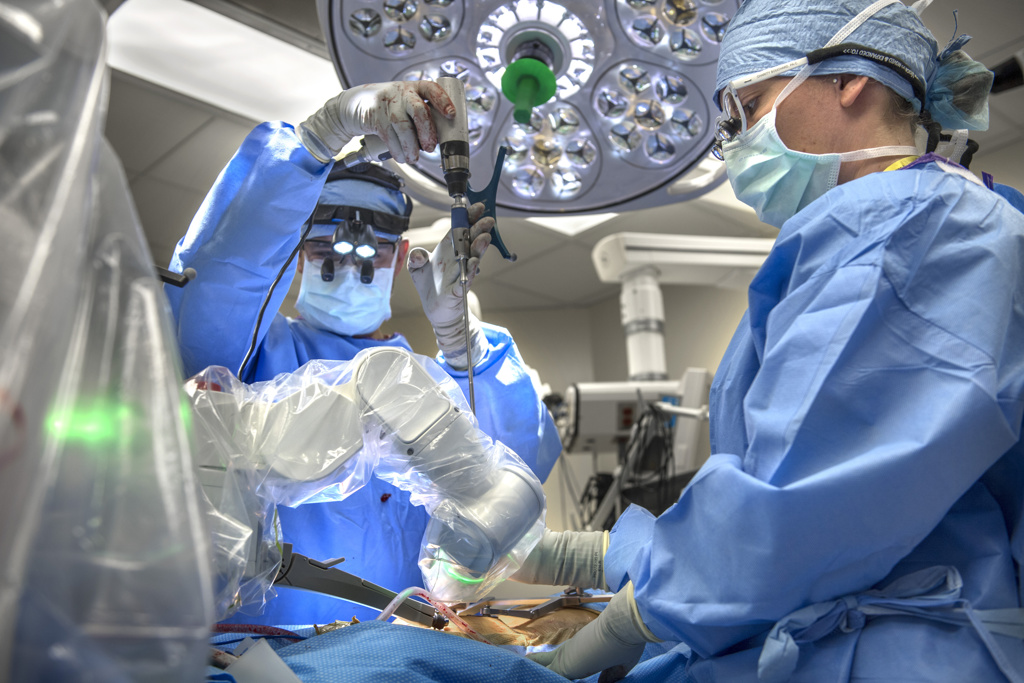
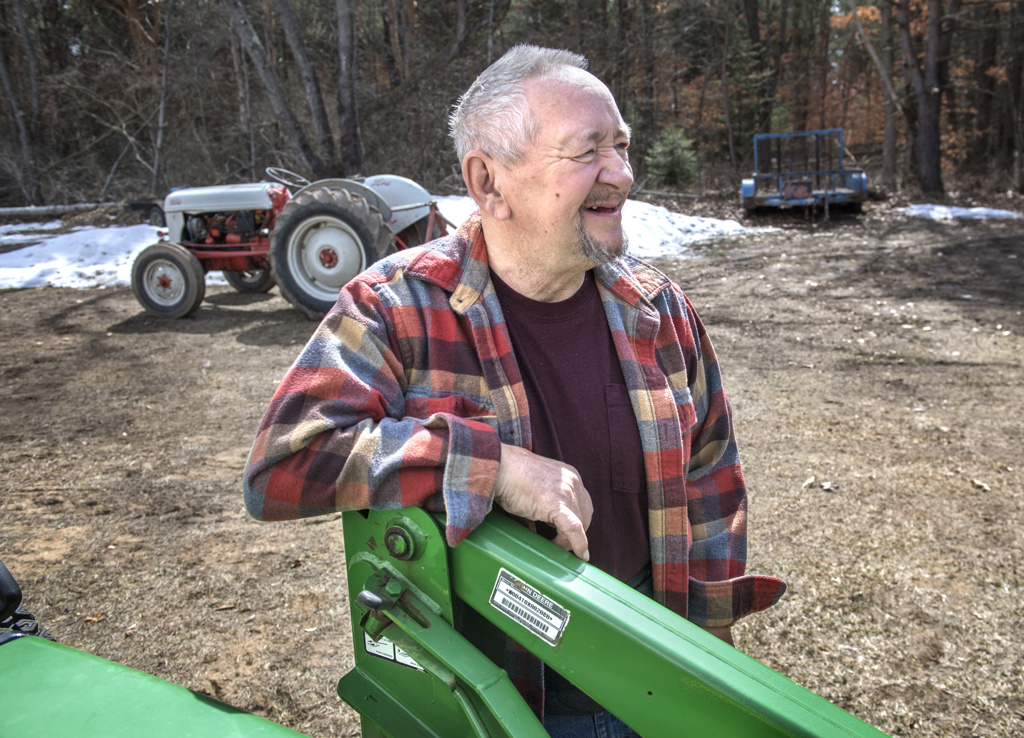
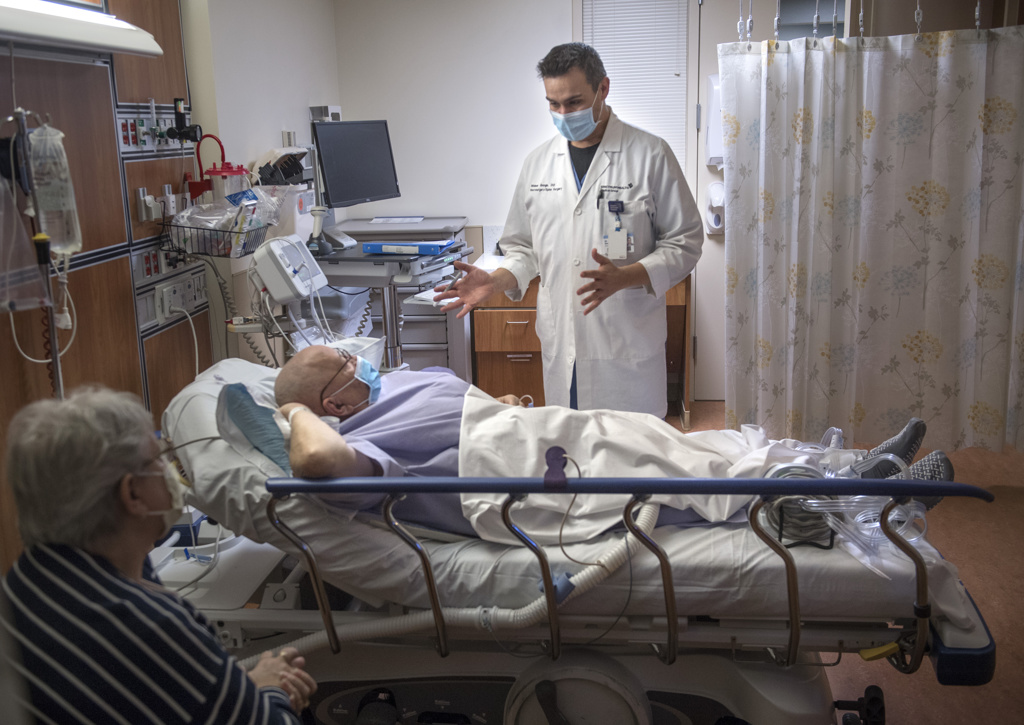
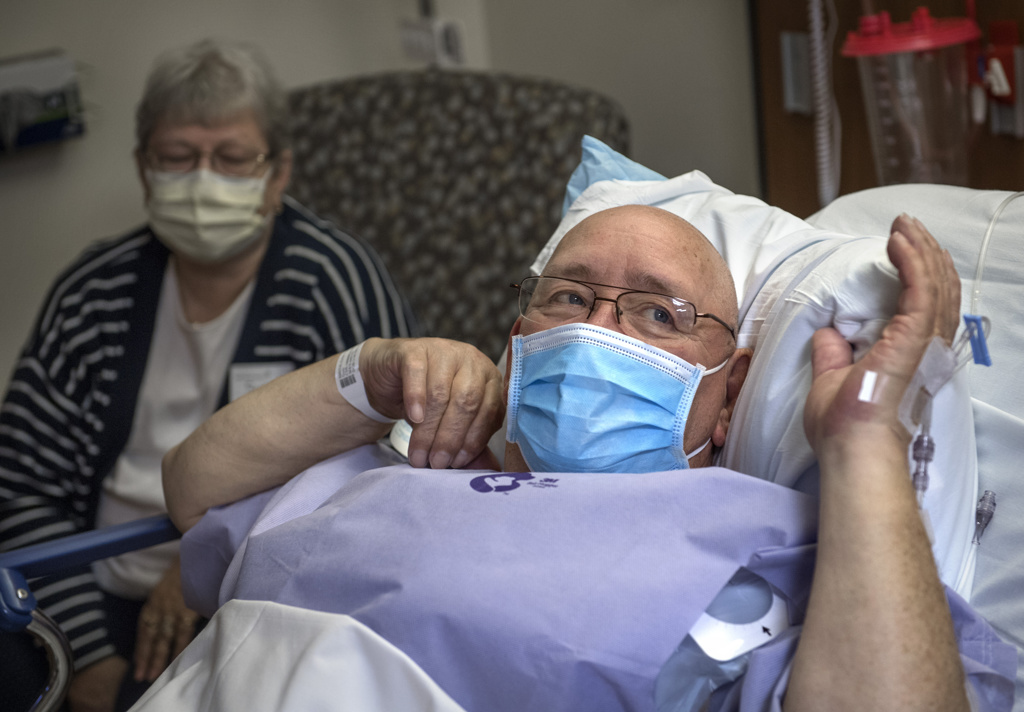
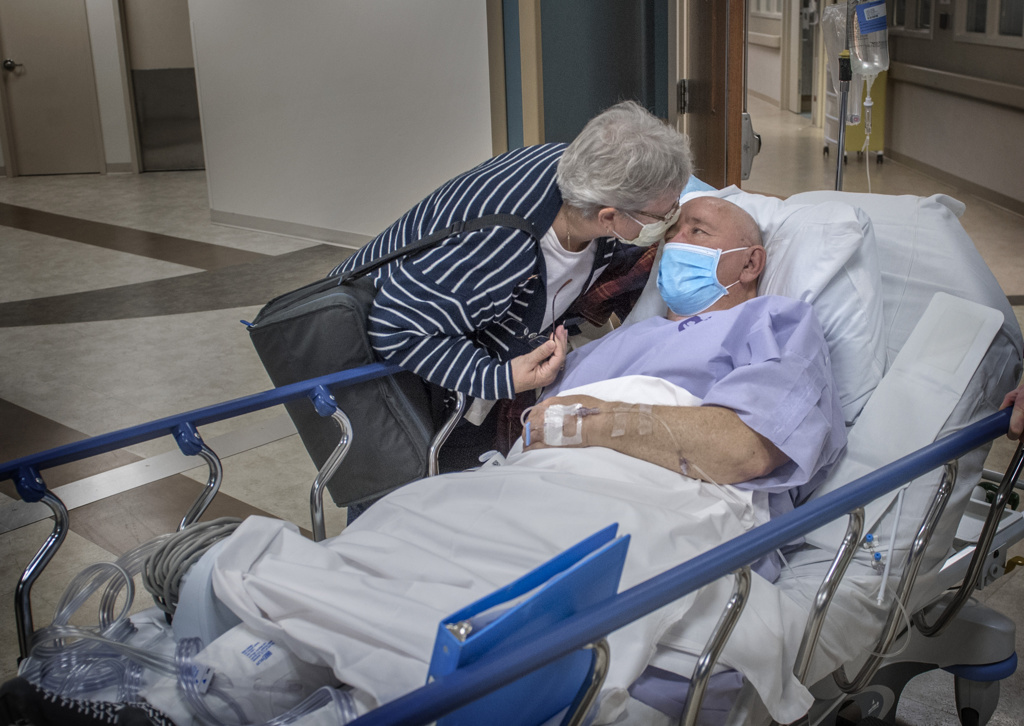

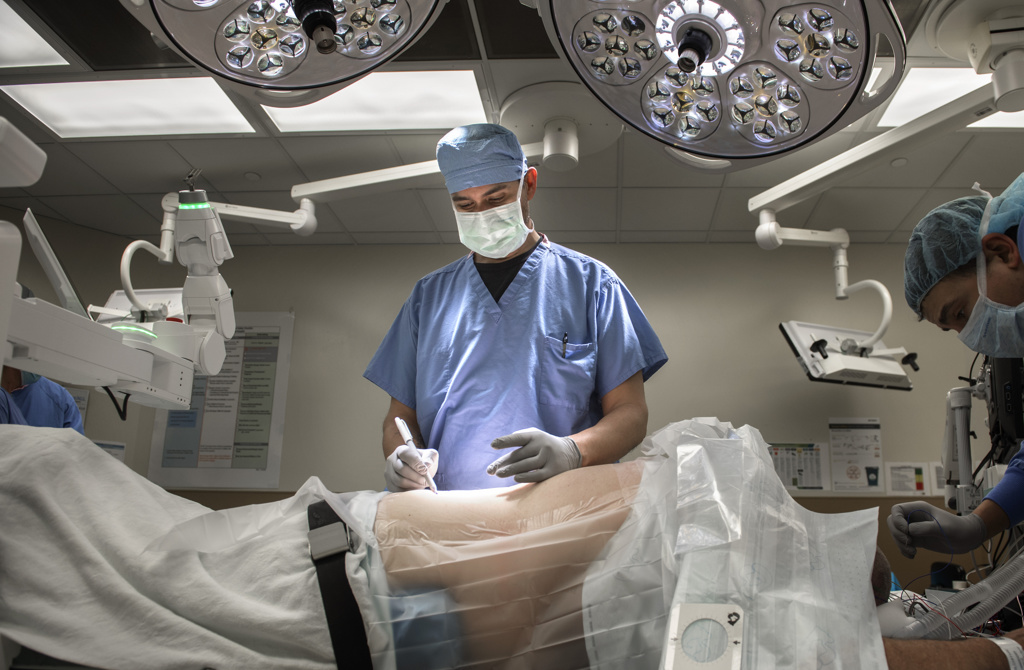
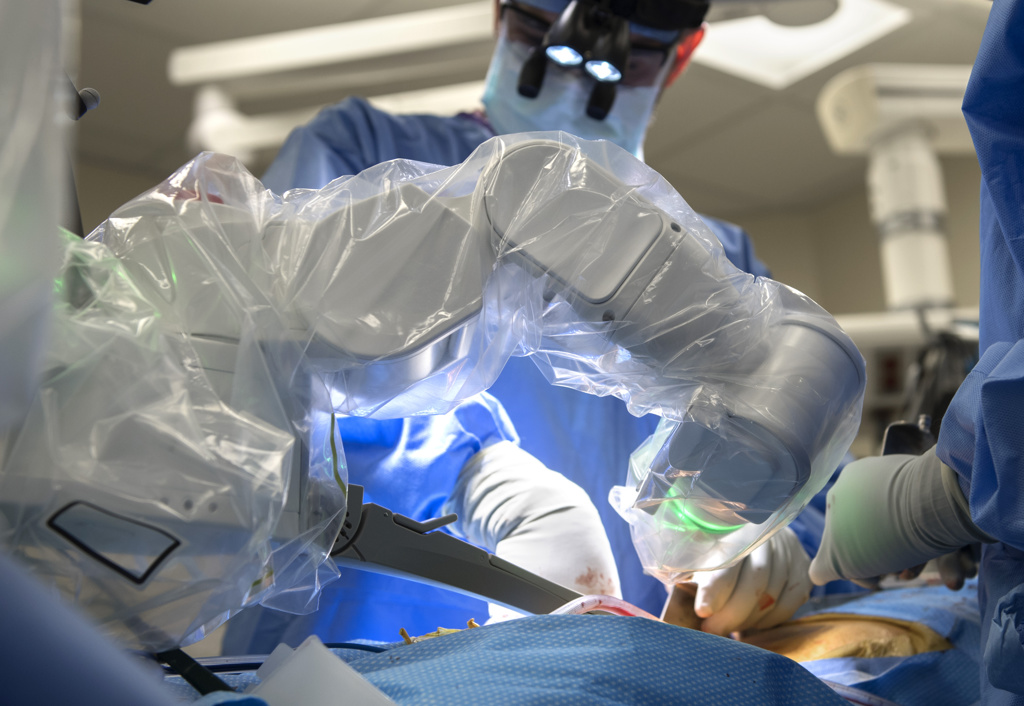
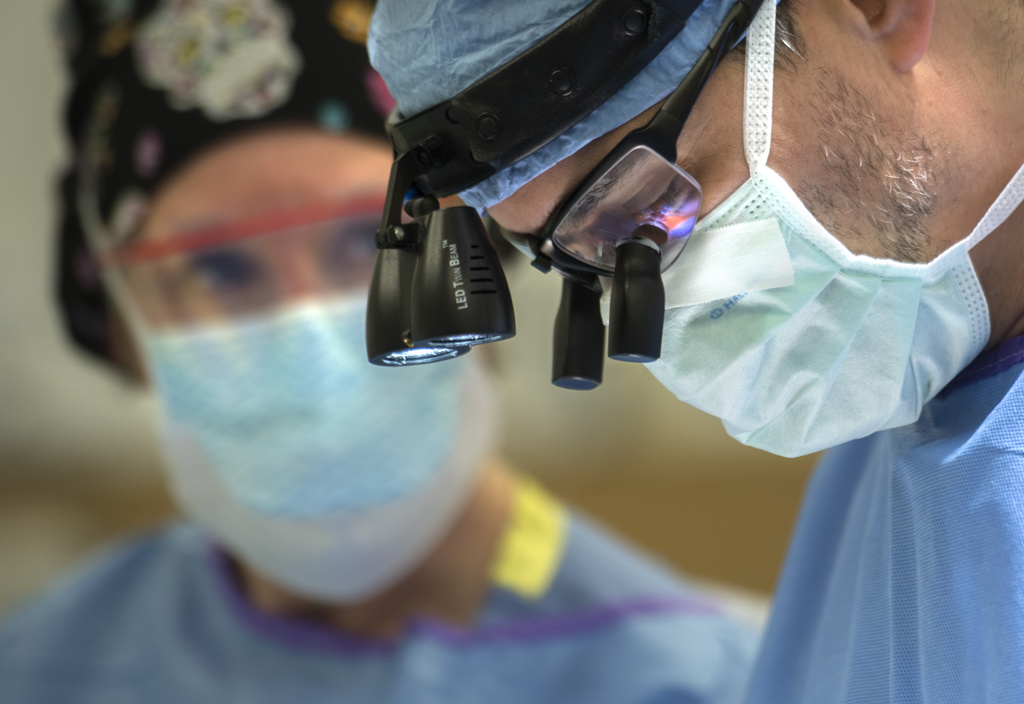
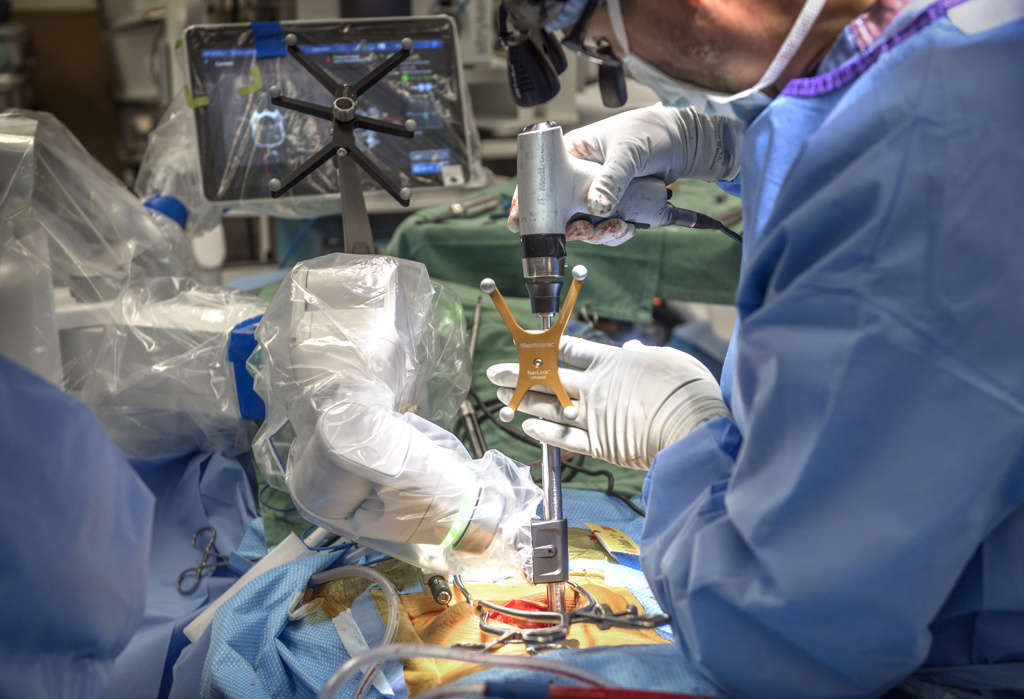

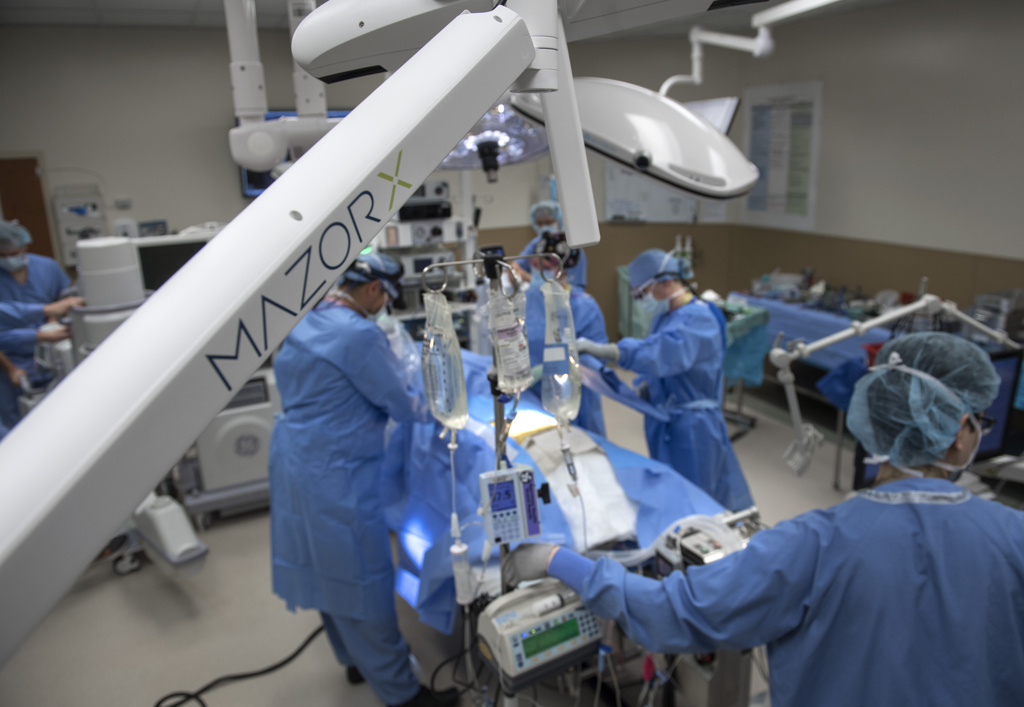
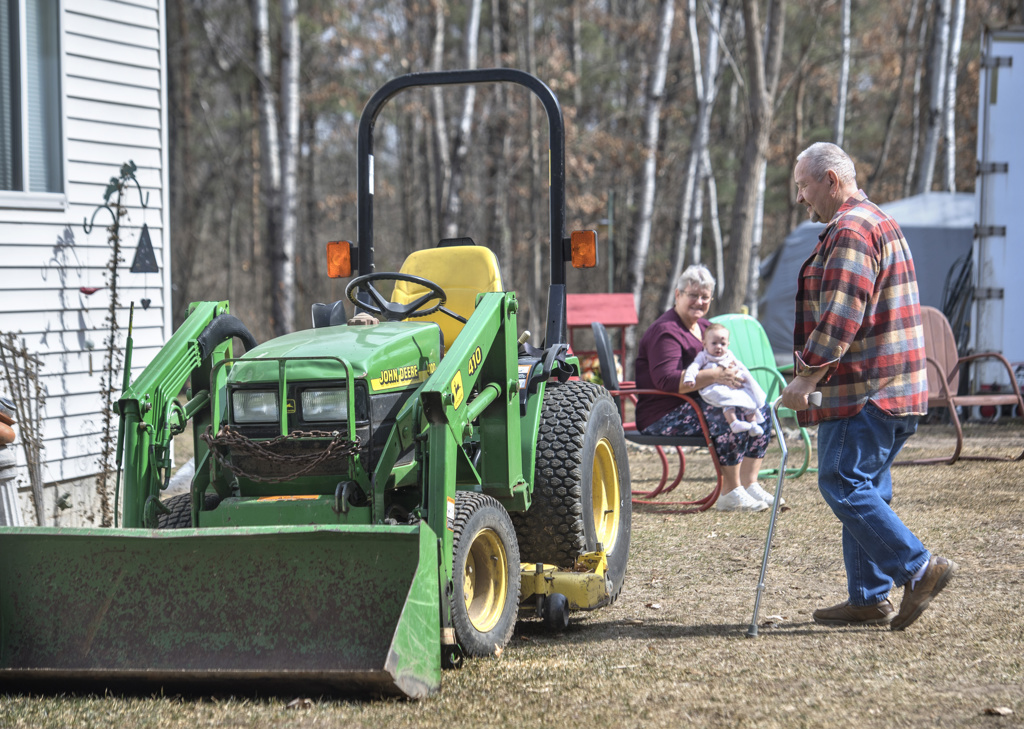



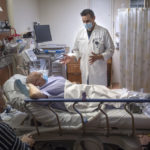



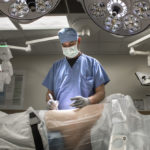








 /a>
/a>
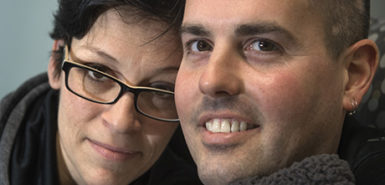 /a>
/a>
 /a>
/a>